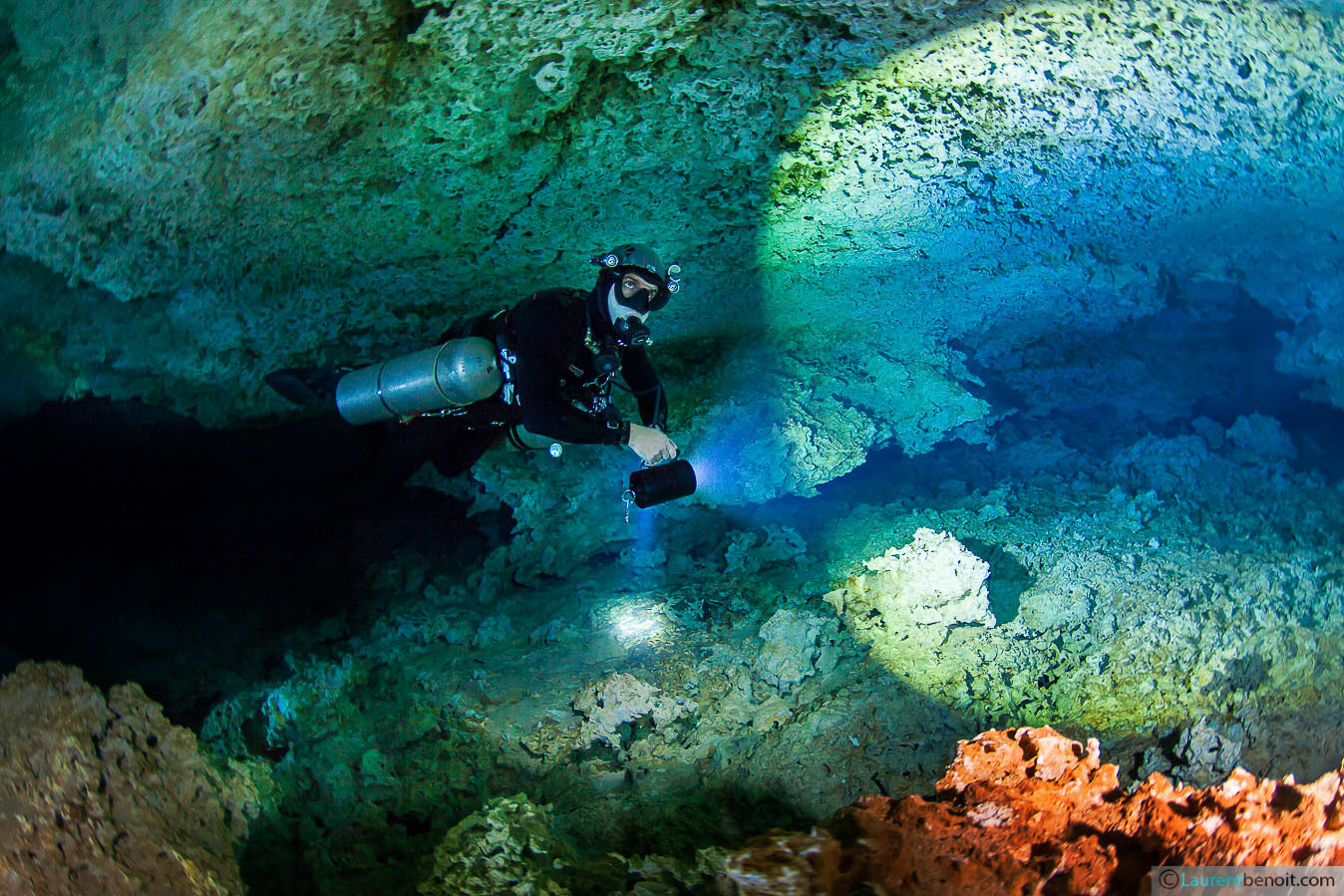How To Choose an Underwater Flashlight
Scuba diving lights are basically underwater nightlights! They come in several different styles, but most just seem like a regular flashlight. What makes them unique is that they come with an internal battery, which allows them to be used underwater. In other words, you can dive into the water, use the light and then come up again. They’re great for when you have no way to get back to the surface. Water-resistance means they can stand up to the pressure of being underwater, unlike other divers’ lights which must remain submerged until you resurface.
A lot of divers carry a standard flashlight, and there’s nothing wrong with that. But what if you were on a boat and had to dive off-boat? If you’ve ever been scuba diving while on a boat, then you know there is a huge difference between an inboard or outboard motor on your kayak and the engine on your inboard flashlight or strobes (if you have one). With these strobe lights, you can dive in without losing light. And since they’re underwater, they’re far more waterproof than your average inboard flashlight.
Most divers think of having a high beam angle when using an underwater flashlight. High beam offers the maximum distance you can dive, but it also consumes the most energy. A lower beam angle produces much less light but will be easier to see when submerged. It also has a wider color spectrum and a wider range of lighting intensity.
The best scuba diving lights for use under water are ones that produce white light, but don’t just stop there. The term “white” doesn’t mean “bright white.” In order for your light to be considered “white,” it needs to be about 300 lumens, which is significantly more than the typical one-watt incandescent bulb. Better quality products will produce light that’s between one eighth and one-fourth the brightness of an ordinary incandescent light bulb. Some underwater torches even use LED technology, which puts watts per ounce of light on the same level as incandescent lamps.
Next, make sure you buy an underwater flashlight with the proper depth rating. The most common option is to buy the biggest possible depth rating, regardless of whether you’ll ever need the light to go that deep. But there are actually times when you might, and in those situations, it’s better to buy a smaller depth rating flashlight that won’t drain your batteries as quickly. Some divers actually carry two extra batteries for emergencies and another for just in case. In shallow water, you might only need one extra battery, but in deep water that’s very cloudy, it’s better to have two.
Finally, look at the physical construction of your underwater light. Most brands are made of a tough, waterproof plastic, which is extremely durable against the harshness of the ocean’s depths. Some models are made from carbon composites that are coated inside and out with a protective gel. That makes for a much tougher, more waterproof electrical conductor, which will reduce the chance that the light will crack or break in the water and prevent it from functioning correctly.
You should also look for a scuba diving light that comes with a scuba tank. This tank is used to keep your underwater light charged, so you can still use it even if your battery dies. The size of the tank will vary by brand, but you should be able to get between four and eight hours of brightness easily. Some scubapro products are powered by a single D cell, while others use a series of D cells. Either way, you should get the proper number of D cells.
Scubapro batteries come in many different shapes and sizes, so you may find that some of the models you like do not include a scuba tank or other protective casing. Keep this in mind when comparing models. Some dive specific lights will have a built-in battery, but these will be less bright and may not provide you with enough illumination for your purposes. Other underwater diving flashlights will come with a carrying case, but they will not include a scuba tank or other protective casing. The choice is yours.
